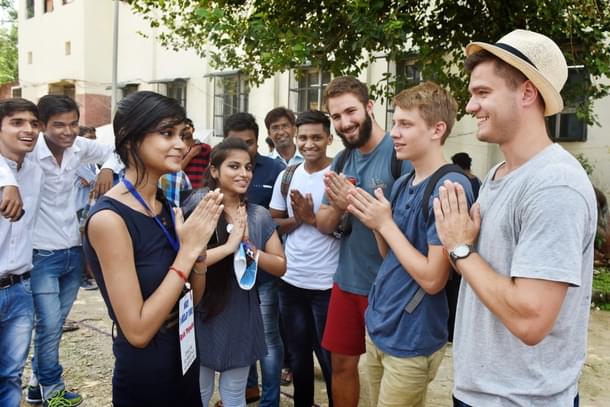News Brief
With 7,500 Foreigners Opting For Study In India Programme In Three Years, Govt Now Plans To Attract More International Students
Swarajya Staff
Mar 20, 2021, 05:34 PM | Updated 05:35 PM IST
Save & read from anywhere!
Bookmark stories for easy access on any device or the Swarajya app.


The Ministry of Education is deliberating measures to increase the number of international students coming to India for higher studies.
In a review meeting of the ministry’s Study in India Program with partner institutions on Friday (19 March), Secretary of Higher Education Amit Khare said that the criteria for institutions partnering under the program will soon be revised so that more institutions with the necessary infrastructure and academic quality can join the program.
He also said that no distinction will be made between private and public institutions in matters of supporting internationalization, the ministry of education said in a statement.
Study in India is a program of the Union government that aims to attract international students to higher education institutions in India . Select 117 institutions are partners under the program that was launched in 2018.
Admissions are merit based and done through a common portal. Around 7500 students from over 50 countries have come to study in Indian institutions so far under this program.
The Government has also recognized the importance of creating a conducive, on-campus ecosystem for the international students, where they not only get quality academic inputs but can also feel safe, welcome, happy and hassle free.
In this regard the secretary called upon all partner institutions to set up world class hostels for international students. In addition, there is an urgent requirement of setting up International Students’ Offices in every institution that takes in international students. This office should work as a single window support for anything that the international students may need, right from the day they get selected to join the institution.
In addition to this, the ministry has also asked institutions that they should consider organizing orientation for international students when they join, as well as orientation for the faculty to sensitize them to teach using contexts that these students can relate to.





